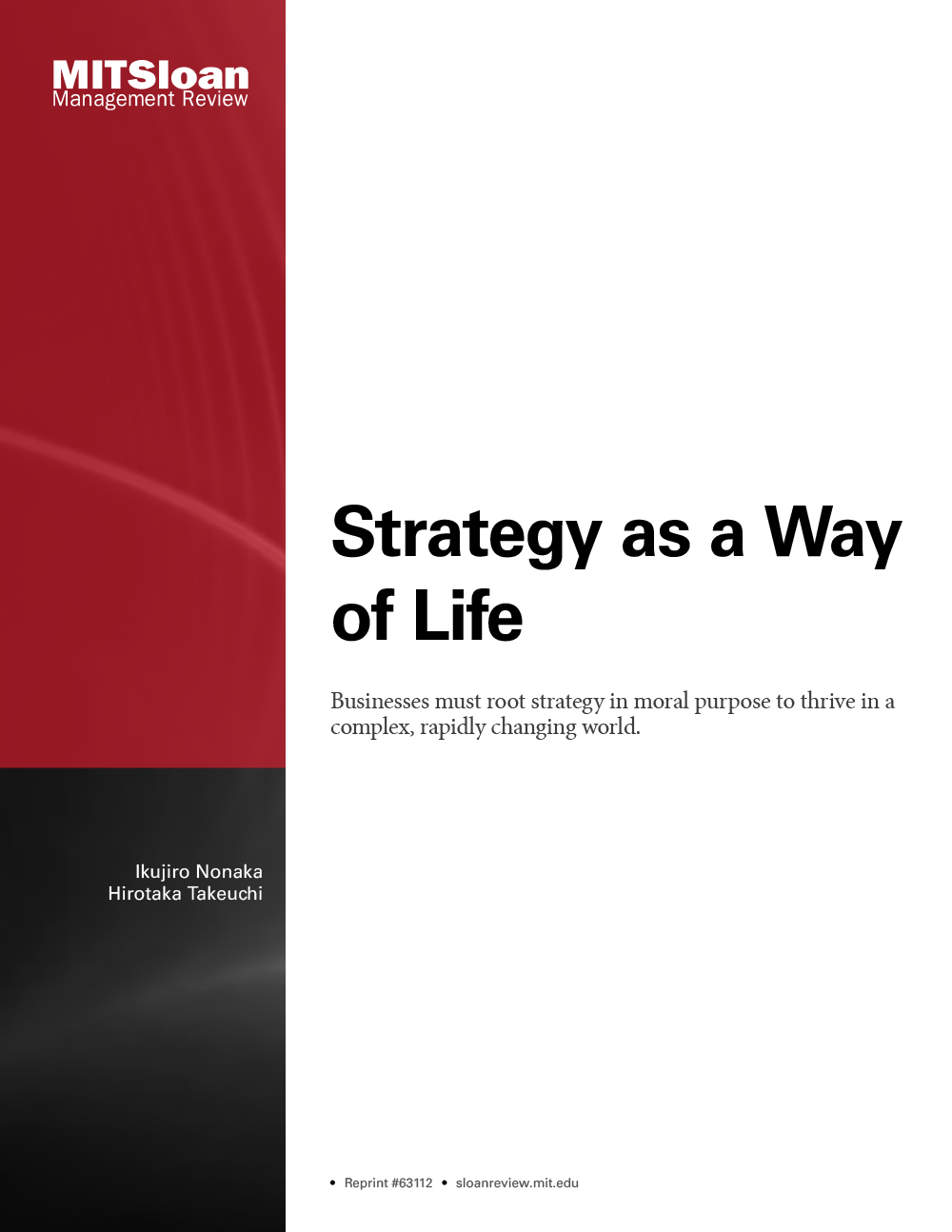
How Gap Inc. Engaged With its Stakeholders
Charges of labor rights abuses and environmental harm are common for major brands that source from global supply chains. However, brand attempts to police supply chains to enforce company standards seldom serve as an effective long-term solution. Frustrated with the limitations of a typical compliance oriented approach and after committing significant human and financial resources with senior management buy-in, apparel retailer Gap Inc. undertook a strategy of stakeholder engagement.
Stakeholder theory suggests that such an approach should be more effective in fulfilling corporate social responsibility and other business goals than focusing on compliance, but many companies continue to focus on policing supply chain labor and environmental standards. Gap's successful experiment with stakeholder engagement confirmed academic intuition about the value of stakeholder engagement.
For Gap, the transition to a strategy of stakeholder engagement helped build its image as a caring company and improve outcomes for subcontractor employees after labor violations were discovered. After just a few years of this practice, Gap succeeded in both further improving the working conditions of its contractors' employees and reducing the company's status as a target for anti-globalization protesters and other activists.
Gap's long supply chain is not uncommon, nor is the challenge of monitoring the social performance of thousands of subcontractors. Proactive stakeholder engagement can help avert problems in the supply chain (and elsewhere), solve problems sooner when they do appear and enhance the company's credibility and effectiveness through partnerships with labor, environmental activists and the broader public.
Stakeholder theory suggests that such an approach should be more effective in fulfilling corporate social responsibility and other business goals than focusing on compliance, but many companies continue to focus on policing supply chain labor and environmental standards. Gap's successful experiment with stakeholder engagement confirmed academic intuition about the value of stakeholder engagement.
For Gap, the transition to a strategy of stakeholder engagement helped build its image as a caring company and improve outcomes for subcontractor employees after labor violations were discovered. After just a few years of this practice, Gap succeeded in both further improving the working conditions of its contractors' employees and reducing the company's status as a target for anti-globalization protesters and other activists.
Gap's long supply chain is not uncommon, nor is the challenge of monitoring the social performance of thousands of subcontractors. Proactive stakeholder engagement can help avert problems in the supply chain (and elsewhere), solve problems sooner when they do appear and enhance the company's credibility and effectiveness through partnerships with labor, environmental activists and the broader public.




